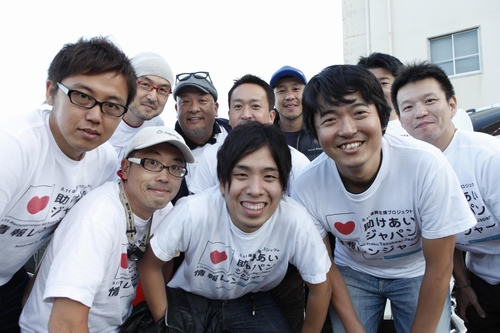August 18, 2013
4 in 5 Japanese Intend to Help People and Areas Affected by 2011 Disaster
Keywords: Civil Society / Local Issues Disaster Reconstruction NGO / Citizen

Copyright Tasukeai Japan
Tasukeai Japan, a non-profit organization launched on March 12, 2011, the day after the Great East Japan Earthquake, to conduct communication and other support activities, released on March 11, 2013, the summary of a fact-finding survey on how people have been helping each after the earthquake. According to the survey, 76.6 percent of people still have the intention of supporting affected people and areas, compared to 83.6 percent of people who had such an intention immediately after the disaster, showing little decline in the percentage. Analyzed by age, younger generations show slightly lower intentions. By region, Shikoku and Kyushu, major islands located farthest from the disaster zone, show comparatively higher intentions.
The forms of support have changed from financial contributions such as relief money and donations, which predominated right after the earthquake, to behaviors such as conscious purchasing of products and food from disaster-stricken areas and traveling to the areas. A particularly higher percentage of those in their fifties have been giving support by revisiting disaster areas after their first visit. About 76.6 percent people say that information on the kinds of support needed would be effective for continuing citizen-level actions. The survey revealed that many people wish to give support if given the opportunity and information on the kinds of support needed.
The survey was outsourced and conducted via the Internet from February 15 to 20, 2013, targeting 1,000 individuals, male and female, ages 15 to 69, living in 44 of Japan's 47 prefectures, not including Iwate, Miyagi, and Fukushima.
Related
"JFS Newsletter"
- Aiming to Build New Communities in Earthquake-Stricken Areas: Ishinomaki Jichiren's Initiatives
- Investment to Help Disaster-affected Areas -- Initiative of Disaster Area Support Funds Initiative
- Disaster-Affected Ishinomaki -- Present Status (Part 2)
- Disaster-Affected Ishinomaki -- Present Status (Part 1)
- Tohoku and the World: 5 Years Since The Great East Japan Earthquake and Tsunami


